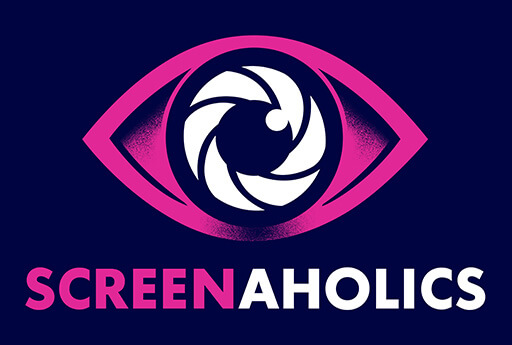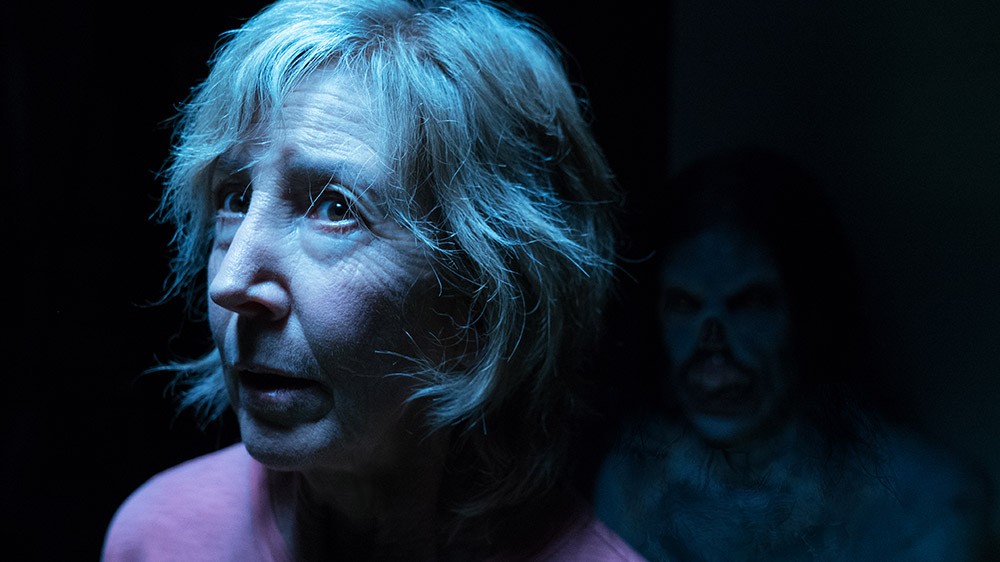Parapsychologist, Elise, has to face the demons of her past, literal and psychological, when she is asked to attend a haunting at her childhood home in Insidious: The Last Key.
The first two Insidious films were memorable for being the standard and fun horror films we’ve come to expect, with a bit of added flare and an interesting twist on timelines and parallel worlds. But what was so good about those first two has become the curse of Insidious: The Last Key. The supporting character of Elise (Lin Shaye) from the first two films, has become the star in the third and now the fourth in the franchise. As we follow her on her investigations of the paranormal, we are subjected to a film which is both plot heavy and convoluted, while also leaving audiences with nothing memorable, and nothing to talk about – a truly remarkable feat.
The convolution comes from the notion of ‘The Further’; a parallel world inhabited only by spirits, which is taken to the extreme in this film. On top of that concept, which is already a lot, we have intermittent flash-backs to Elise’s childhood; a haunting that both is, and is not, what it seems; and a ‘twist’ that manages to tie together both the main plot, and sub-plot, in a way that is predictable yet unintelligible. While at first glance all of the logic seems to check out, with even the slightest bit of scrutiny, it all falls to pieces.

The film has no clearly outlined rules for the universe we are seeing, and seems to decide on what is and isn’t possible based on what the plot needs. This is the number one contributor to sloppy and boring horror. The reason the first Insidious was so successful was because it avoided this trend; its strength was in its logic and consistency. The Last Key however, has allowed smart storytelling to fall by the wayside, in favour for inferior, and inconsistent gibberish. For instance, in one scene, the force haunting a house is the most powerful and threatening thing that could be imagined, and in the next, it can be stopped by a punch from another ghost. Further on from this, the film frequently sets up interesting characters and conflicts, and later undermines them in some half-baked effort at catharsis or closure.
The Last Key has a foot in both camps; schlocky horror just there for the scares, and horror that is used as a means of telling a story about humanity. In an attempt to serve two masters, it has failed them both, and exists in an unfulfilling limbo.
Nothing about the film feels well thought out, or thought out at all. Even the subtitle, ‘The Last Key’ ends up being meaningless. Keys are used, but it’s never fully explained why they’re relevant or how they’re important, and ultimately the keys are reduced to a visual styling choice. This is indicative of how scattered the film is. There is so little to latch on to that is actually meaningful, that even the title holds no significance.
There are some interesting flourishes here and there; a moment of creative sound design, or a novel scare, but these moments are so few and far between that the two just mentioned are essentially the only ones. Add to that a wonderful performance from Ava Kolker, who plays Elise as a little girl, and The Last Key’s redeeming features could be counted on one hand.
Fun Fact:
The poster is similar to 1985 horror movie titled HOUSE.




COMMENTS